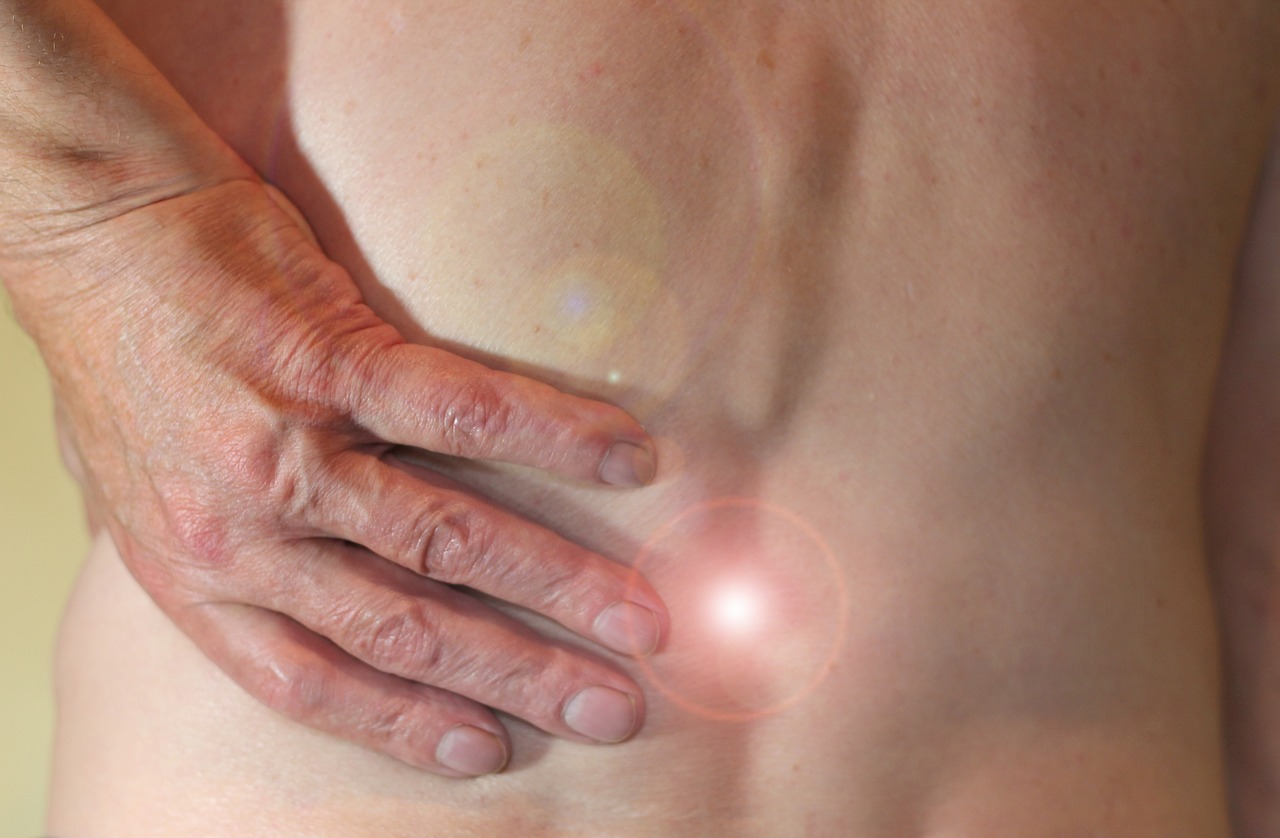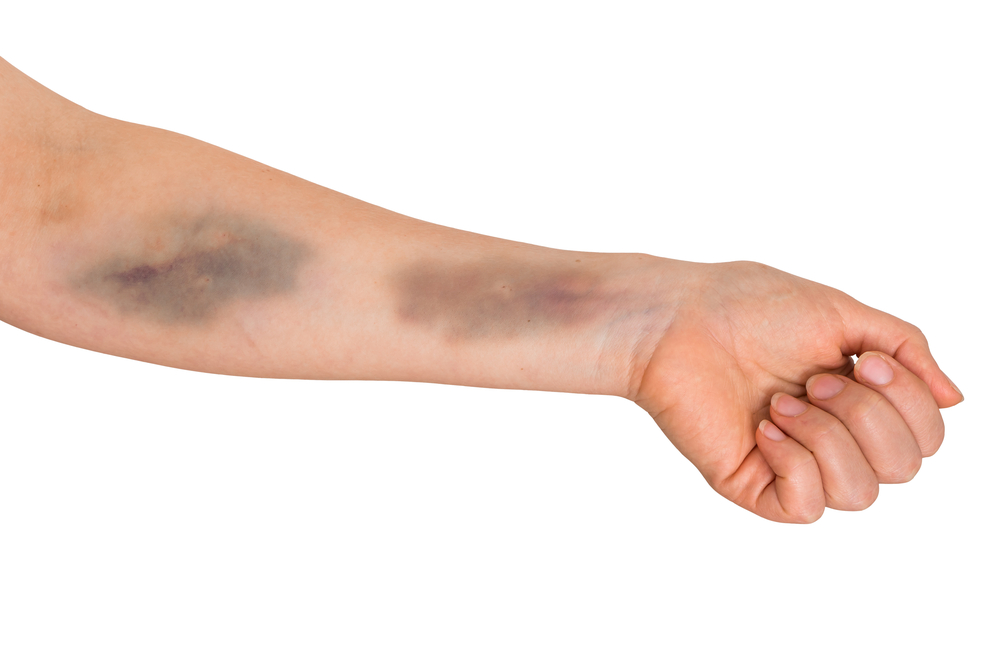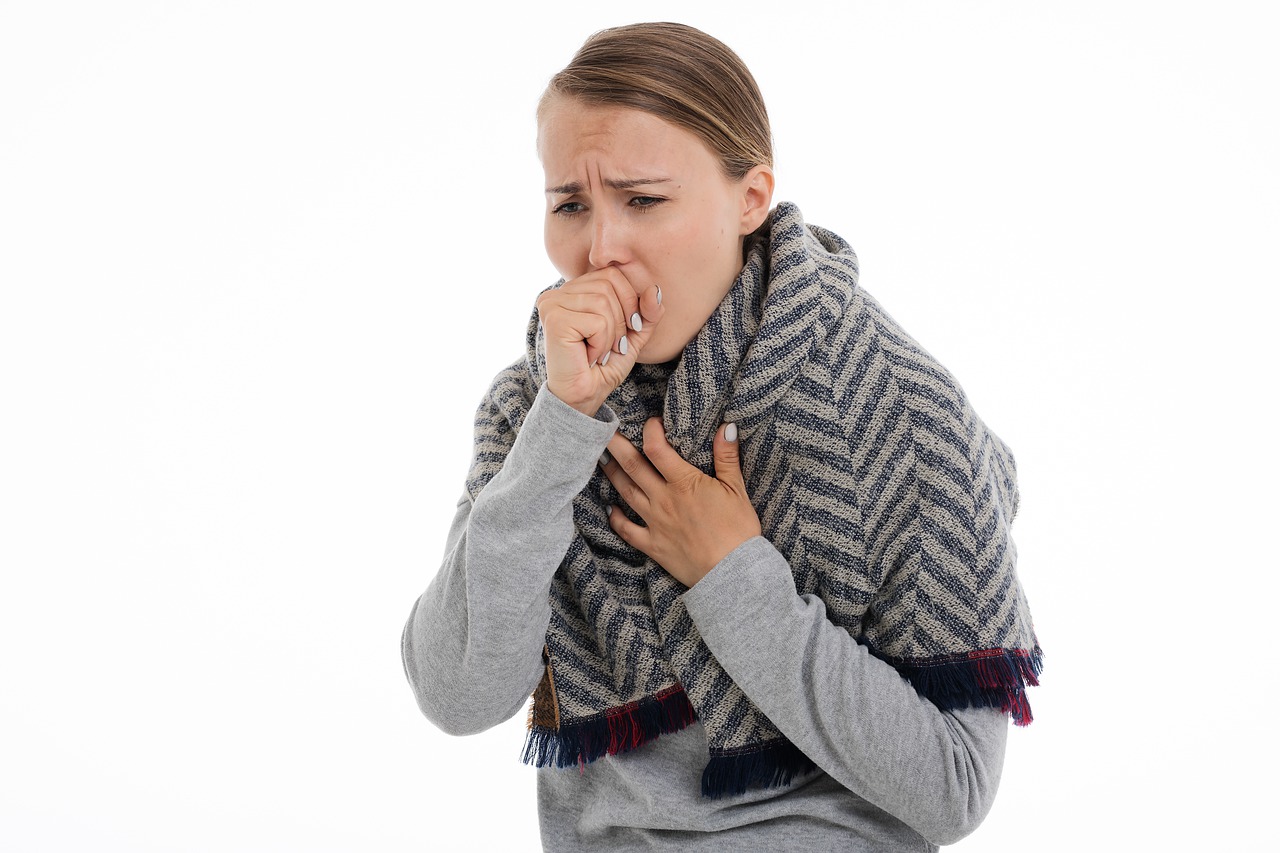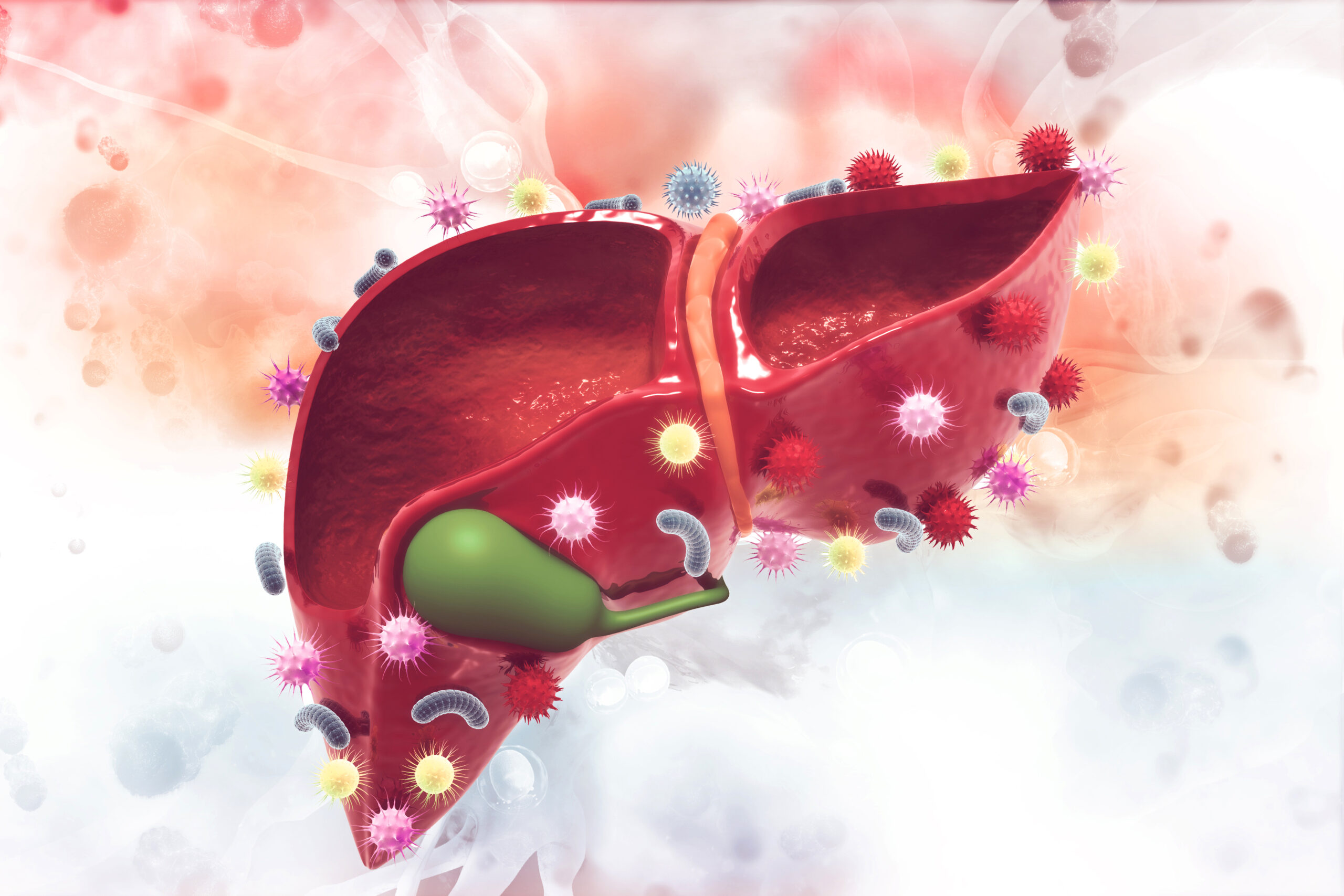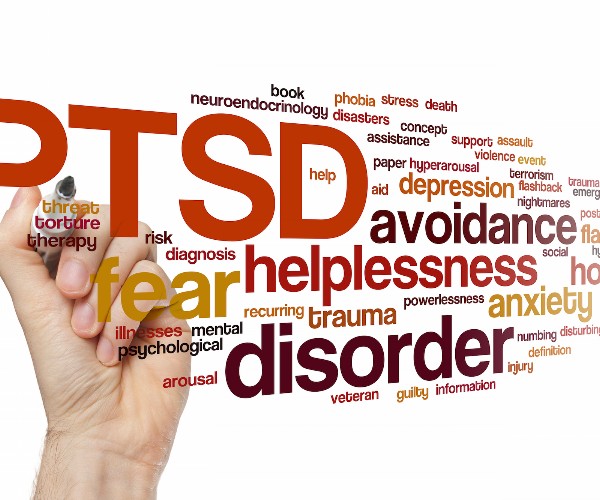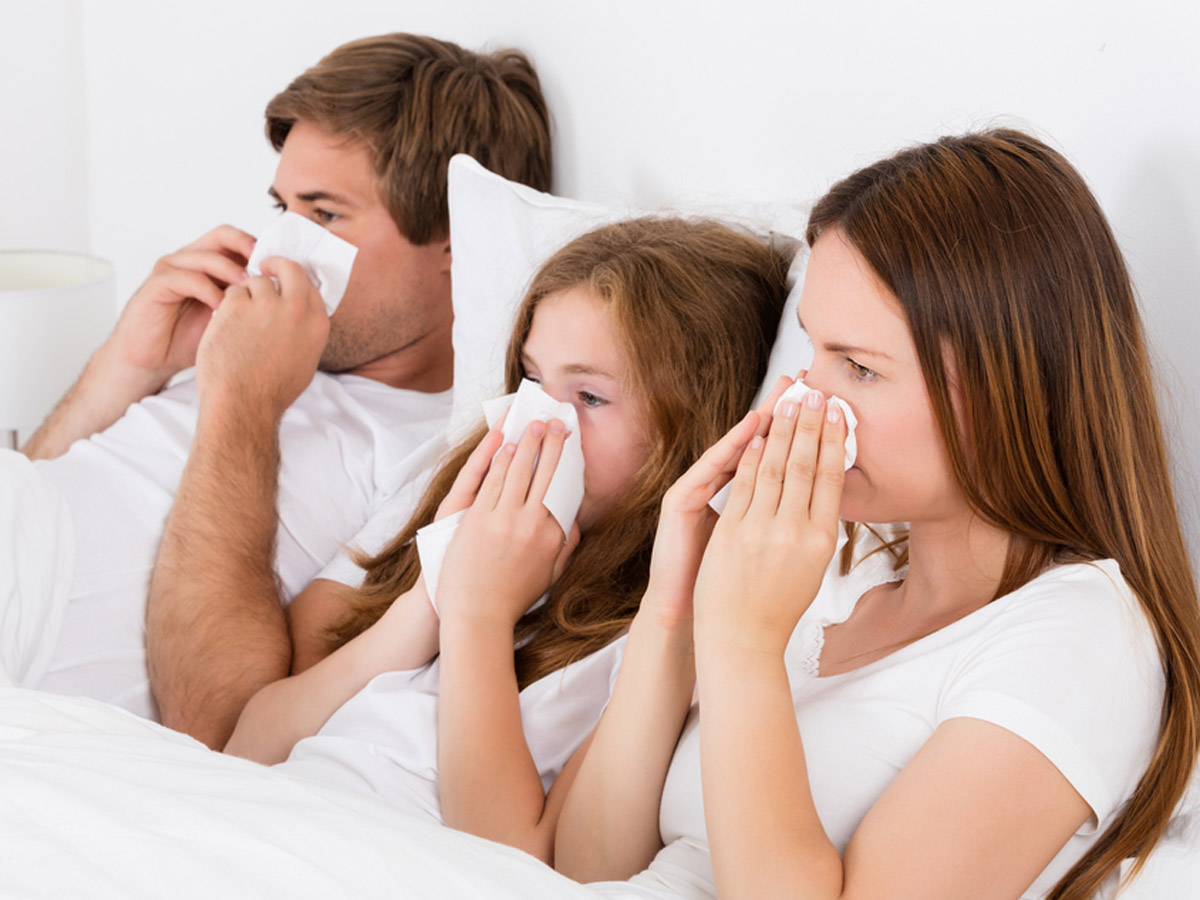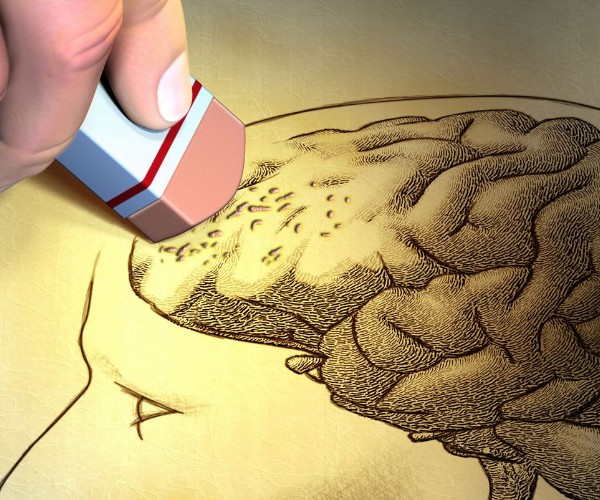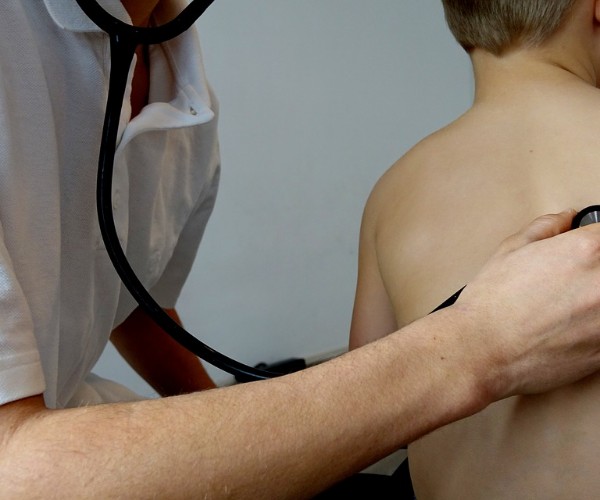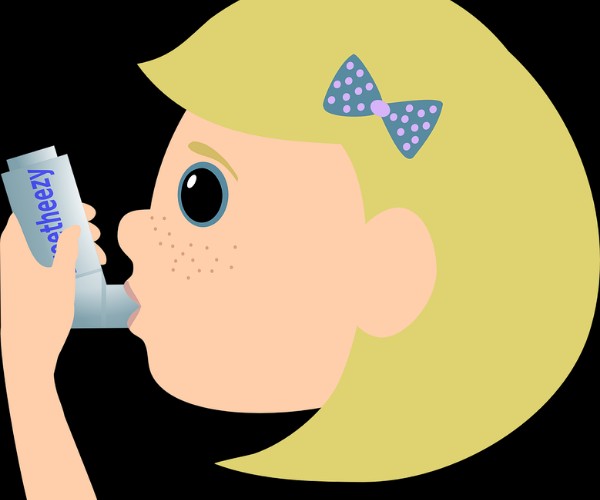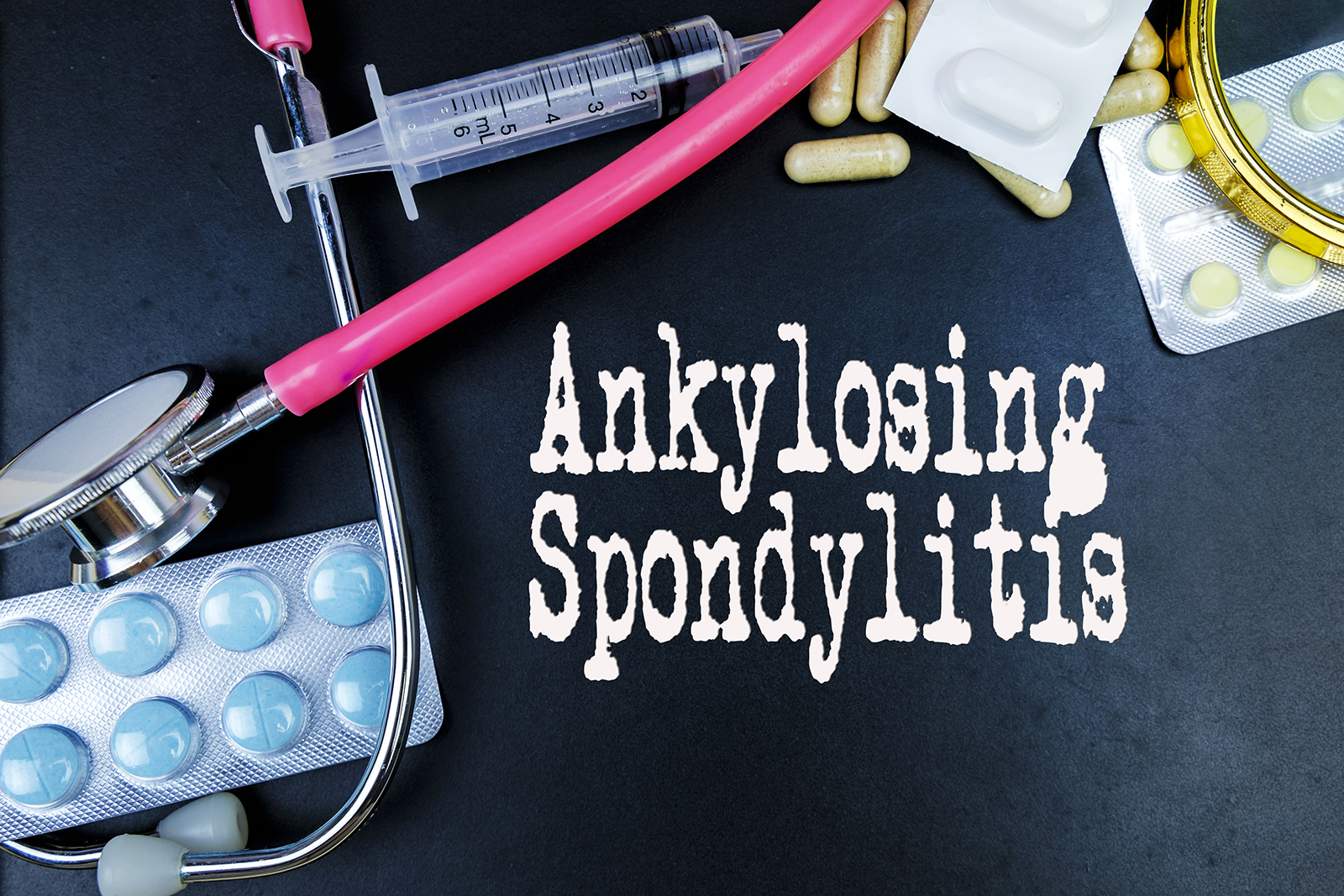Sometimes disorders such as the
panic attack
can also occur in the presence of other issues such as those related to the use of addictive substances, such as alcohol, nicotine, caffeine, and even more so amphetamines, drugs, or drugs such as cannabis or cocaine.
This is referred to as comorbidity when the symptoms can basically refer to two disorders or diseases.
In fact, it happens that people who are addicted to substance use also suffer from panic attacks, which requires more specific types of treatment since the symptoms of the two conditions might interact and not lead to the right course of both diseases.
Certainly the comorbidity of two disorders is not a harbinger of a good quality of life, but rather can pose major problems in both families, social relationships and work relationships.
Consider the occurrence of alcohol or drug use symptoms in comorbidity with those characteristic of a seizure or panic disorder, a condition that not only poses a serious problem for patients but also for treating physicians, families and their employers.
Individuals who suffer panic attacks often describe feeling as if they were hit by a heart attack, a very frightening event for most people.
Alcohol abuse can certainly give rise to symptoms of anxiety, but it is a given that it can contribute to the occurrence of panic attacks.
Alcohol and drugs such as benzodiazepines or barbiturates can initially reduce a patient’s stress level; these drugs, when taken in excessive doses, can alter a person’s physical and mental functions by increasing stress levels.
Abstinence from alcohol and other nervous system calming drugs can cause returning anxiety and promote panic attacks.
Marijuana use may perhaps not directly result in anxiety phenomena, but certainly amplify anxiety symptoms that were already present, paving the way for symptoms that closely resemble those characteristic of a panic attack, such as:
- An accelerated heartbeat.
- Short or labored breathing.
- Loss of coordination of movements.
- Sensation of unreality and detachment.
Stimulant drugs may be associated with worsening anxiety because of their action on neurotransmitters in the brain, stimulated and excited. Some of these drugs include.:
- amphetamines.
- Caffeine.
- Ecstasy.
- Methamphetamine.
- Cocaine.
Side effects from the use of stimulant drugs can be a considerable increase in anxiety symptoms and panic attacks. When these drugs are discontinued there is a sharp decrease in neurotransmitters, resulting in increasing anxiety symptoms.





